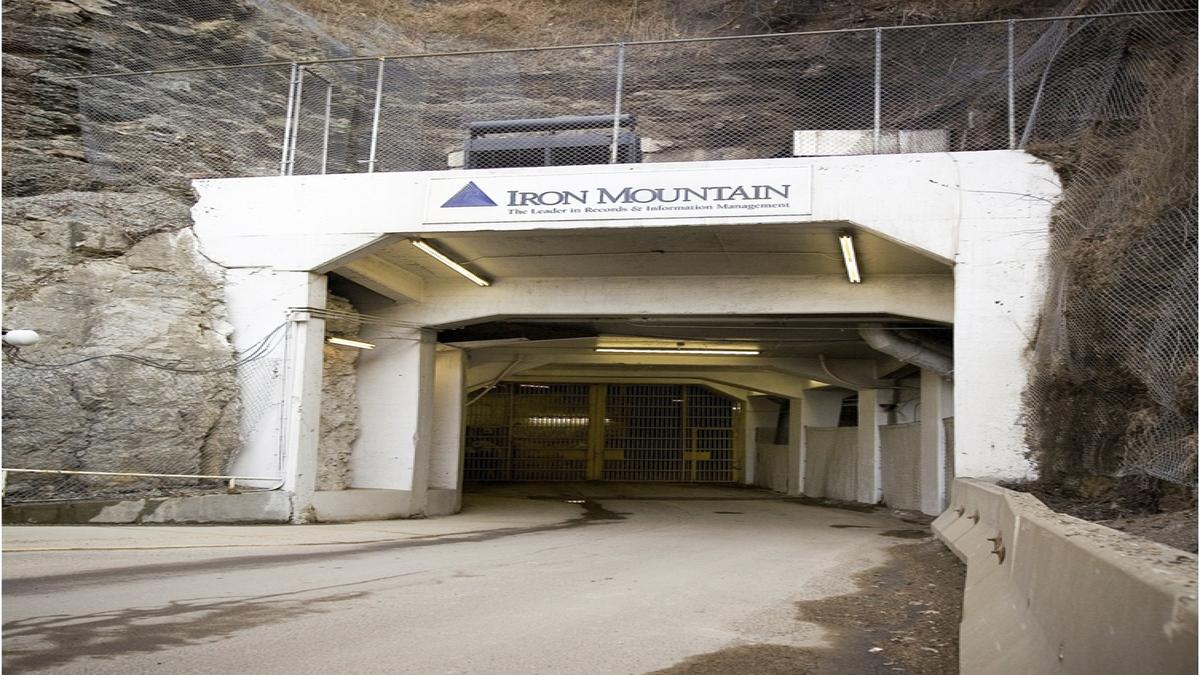
when Horror Yearbook – Iron Mountain Boyers sits beneath the quiet Pennsylvania landscape, holding secrets that few outsiders have ever glimpsed. Once a limestone mine, this underground complex has transformed into a labyrinth of steel gates, endless corridors, and climate-controlled chambers that protect some of the nation’s most sensitive records. Covering more than a thousand acres below ground, the facility resembles something pulled straight from a thriller novel. With more than two million square feet of developed space, its sheer size fuels speculation about what lies hidden in the shadows. To the public, it is simply a storage hub, yet its history, tenants, and hidden expansions suggest a far deeper mystery. For decades, the whispers surrounding Iron Mountain Boyers have grown louder, as stories circulate about archives of untold value and secretive government activities buried beneath the earth.
Iron Mountain Boyers began its life under a different identity, carved by US Steel between 1902 and 1952. During those years, miners removed vast amounts of limestone to fuel steel mills around Pittsburgh, leaving behind an intricate underground world. When the extraction ended, the cavernous void became too valuable to abandon. In 1960, the US Government became the largest tenant, beginning an era of secrecy and intrigue. Records of every kind were transported into its tunnels, guarded by gates and secured by personnel who rarely spoke of their work. Today, the complex is said to house documents, films, and digital archives of immense importance. For many, the very existence of Iron Mountain Boyers embodies a paradox: a place designed for transparency through recordkeeping, yet cloaked in near-total mystery. Its past as a mine only deepens the sense of a hidden world repurposed for unknown purposes.
“Read about: Athenz Reveals the 6 Strongest Greek Gods That Shocked Mythology Fans”
The list of organizations connected to Iron Mountain Boyers reads like a roll call of power and influence. The Office of Personnel Management, the US Patent and Trademark Office, and US Investigations Services have all used the facility. At times, more than a thousand people have been employed within its subterranean corridors. Among the most intriguing archives once held inside was Corbis, the massive image collection created by Bill Gates. When merged into Getty Images, many wondered what secrets remained underground, stored in vaults sealed from the outside world. Beyond government records and photographs, whispers persist of classified files, rare cultural artifacts, and digital blueprints protected by the mine’s natural fortifications. Iron Mountain Boyers has become both a literal and symbolic vault, safeguarding not only information but also mysteries that spark endless speculation among those fascinated by hidden history.
“Read more: WWE Clash in Paris 2025: Start Time, Match Card, and How to Watch the Action Live!”
The story of Iron Mountain Boyers took a decisive turn in 1998 when National Underground, the mine’s owner, was acquired by Iron Mountain. This acquisition created one of the most powerful record-storage companies in America, with more than one hundred locations nationwide. Yet only a handful of these facilities exist underground, making Boyers unique. Since the acquisition, the complex has seen significant expansion, including the development of a data center known as WPA-1. Servers hum within the caverns, shielded by thick layers of rock that naturally regulate temperature and provide security from disaster. These upgrades have sparked theories that the underground fortress now holds more than mere records, possibly functioning as a hub for classified data or advanced digital monitoring systems. The very scale of the expansion adds to the mystery, leaving many to wonder if every story told about Iron Mountain Boyers only scratches the surface.
Iron Mountain Boyers exists in a realm where fact blurs with rumor. Visitors speak of the chilling quiet inside, where the sound of footsteps echoes through tunnels lined with steel doors. Few outsiders gain entry, and those who do often describe a sense of stepping into another world, one ruled by secrecy and silence. The deeper one goes, the stronger the feeling that unseen forces are at work, guarding knowledge too powerful for the public eye. Its very design makes it a fortress against intrusion, yet it also feels like a monument to mystery itself. Whether it is safeguarding government records, historical archives, or something far more enigmatic, Iron Mountain Boyers continues to invite speculation. Like a shadow beneath the Pennsylvania hills, it waits silently, a hidden empire of information and secrecy that has captured the imagination of all who hear its name.